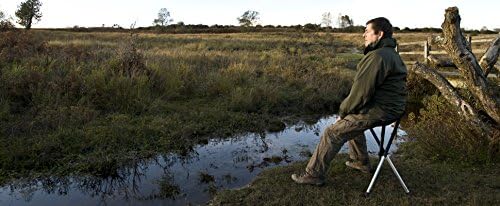Considering buying a binocular, attaching it to a tripod, watching birds while out walking.
This would be between 10-14 in the afternoon.
Most birds are in the 20-50m range...
So, tripod, small chair and a binocular..
I already have tripod and small chair..
What would you use?
This would be between 10-14 in the afternoon.
Most birds are in the 20-50m range...
So, tripod, small chair and a binocular..
I already have tripod and small chair..
What would you use?
Last edited by a moderator:










